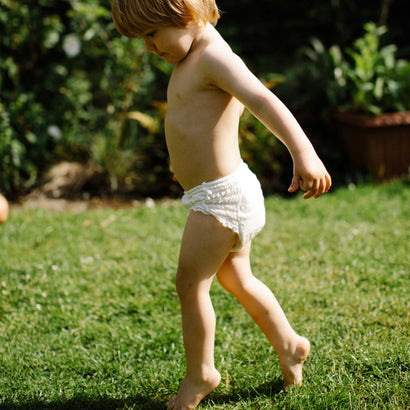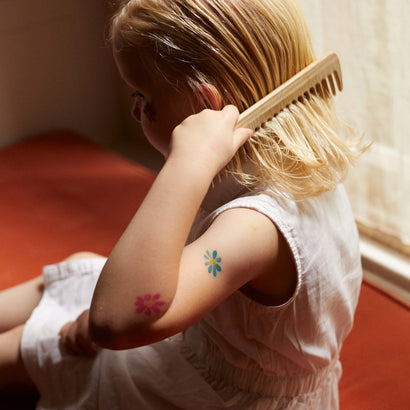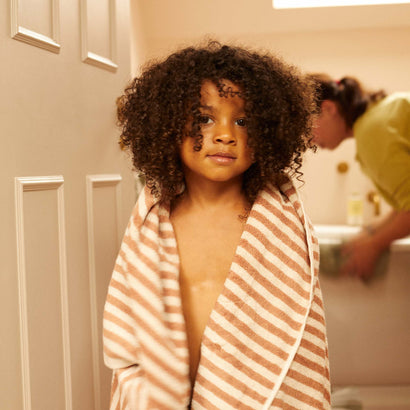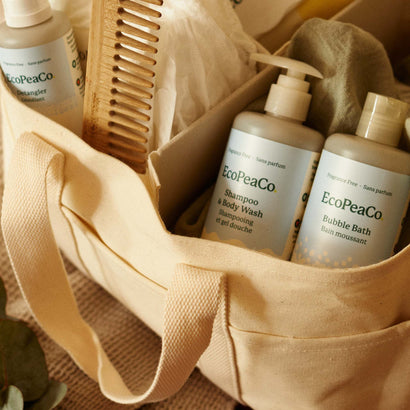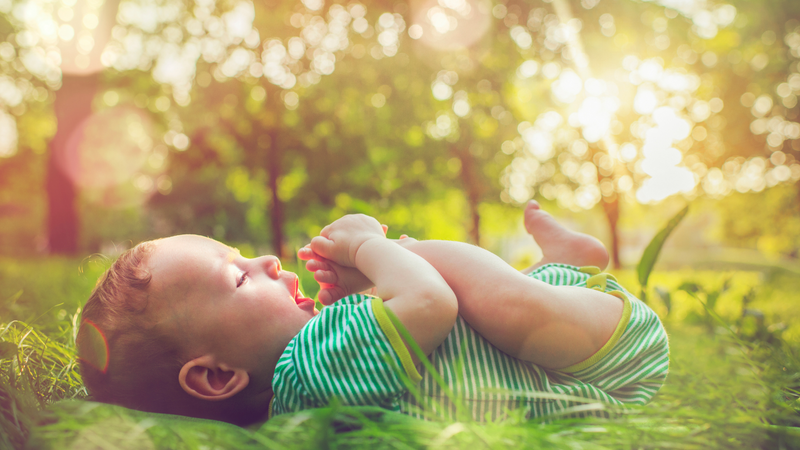You’re getting ready to head out the door with your baby for a cozy fall walk, but the weather app shows a chilly breeze—and you’re suddenly second-guessing the outfit you’ve picked. Should you add another layer? Maybe a warmer hat? Or is the baby already too bundled up? Dressing your little one for the ever-changing weather can feel like a daily guessing game.
We’ve all been there—wondering if our baby is too hot, too cold, or just right. And as the seasons change, those questions can become even more overwhelming. In this temperature guide for baby clothes, we’ll take the mystery out of baby dressing, giving you practical, no-fuss tips for keeping your little one comfortable and cozy all year long. Ready to say goodbye to the daily outfit dilemmas? Let’s dive in!
How to Dress Baby for Seasons: A Comprehensive Guide
As a parent, one of your daily challenges is ensuring your baby is comfortable and appropriately dressed for the weather. It can be tricky to navigate clothing choices when temperatures shift dramatically between seasons. This temperature guide for baby clothes will walk you through what to put on your baby to keep them cozy and safe, no matter the season. From dressing for cold winter days to finding the perfect outfit for a hot summer afternoon, we’ve got you covered.
Seasonal Clothing Recommendations for Babies
When it comes to dressing baby for weather, it’s important to adjust their clothing based on the season. Babies can’t regulate their body temperature as well as adults, so choosing the right layers is key.
- Summer: In warm weather, dress your baby in lightweight, breathable fabrics such as cotton. A onesie or light sleeper is often enough for daytime, with a light swaddle or sleep sack for naps and bedtime. Avoid overdressing, as overheating can be dangerous for little ones.
- Winter: During colder months, layers are your best friend. Start with a soft, long-sleeve onesie and add fleece sleepers or pants, followed by a warm snowsuit, hat, and mittens if you’re heading outdoors. For indoor sleep, a sleep sack designed for cooler temperatures works well.
- Spring: In spring, the weather can be unpredictable, so dress your baby in layers that are easy to remove. A long-sleeve onesie with a jacket or light sweater is a good option for fluctuating temperatures.
- Fall: Similar to spring, fall requires thoughtful layering. Start with a bodysuit and add a sweater or zip-up jacket. A cozy hat is also handy for those chilly breezes.
It can be helpful to refer to a baby clothes temperature chart for precise recommendations, depending on the day’s forecast. This chart can guide you on what layers to add or remove, ensuring your baby is never too hot or too cold.
Understanding Safe Sleep Temperatures for Babies
A significant concern for many parents is how to ensure their baby sleeps safely, especially when temperatures change between seasons. The recommended room temperature for baby sleep is between 68°F and 72°F (20°C to 22°C). If the room feels cooler or warmer, you’ll need to adjust your baby’s sleepwear.
- How to dress baby for sleep in summer: In hot weather, a short-sleeve onesie or a light sleep sack should suffice. Be sure to avoid heavy blankets or thick sleep sacks.
- How to dress baby for sleep in fall: As the nights cool down, a long-sleeve sleeper with a medium-weight sleep sack can help your baby stay warm without overheating.
It’s important to watch for signs of overheating, such as damp hair, flushed skin, or rapid breathing, as well as signs that your baby is too cold, like cold hands or feet and shivering.

Practical Tips for Monitoring Baby’s Temperature
Monitoring your baby’s temperature is crucial to keeping them comfortable. While thermometers are helpful, a simple touch can give you good insight into how warm or cold your baby is.
- Feel the back of their neck: If it feels sweaty, your baby may be too hot. If it feels cool to the touch, you might need to add another layer.
- Use a baby sleep temperature chart: This chart can help you determine how to dress your baby for different sleep environments. It provides a visual guide for dressing your baby based on room temperature.
By using these tools, you can ensure your baby is dressed comfortably, both during the day and at night.
Parental Concerns and FAQs
When it comes to dressing a newborn, parents often have a lot of questions. Here are some common concerns:
- How many layers should my newborn wear? A general rule of thumb is to dress your baby in one more layer than you’re wearing.
- What if my baby doesn’t like wearing hats? Hats are essential in colder weather to help regulate body temperature, but if your baby dislikes them, try a hooded sweater as an alternative.
- Can I swaddle my baby in the summer? Yes, but use a lightweight, breathable fabric such as muslin to avoid overheating.
Key Insights
Dressing your baby for the seasons doesn’t have to be a challenge. By understanding how to layer clothes based on the temperature, monitoring for signs of overheating or chill, and using tools like a baby sleep temperature chart, you can ensure your little one stays comfortable year-round. Whether it’s a warm summer day or a chilly winter night, following this temperature guide for baby clothes will help you confidently tackle the daily outfit decisions, so you can spend less time worrying and more time enjoying those precious moments with your baby.



